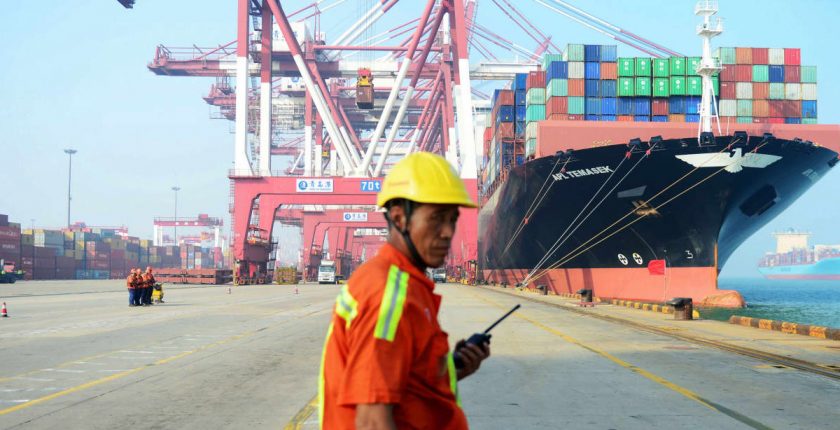Shipping Container Shortage and the Problems in Maritime Logistics
The COVID-19 pandemic brought about a number of disruptions to daily livelihoods of people, multiple industries and the global economy. The problems from 2020 continue to have their impact in 2021 as well, the existing shipping container shortage being one of them. Logistics and shipping work hand in hand and affect the prices of goods and services across the globe. When disruptions emerge in these industries, the consequences are faced by the world.
What is the shipping container shortage?
The problem at hand is fairly simple to understand but extremely complex to solve. There are emerging problems with supply chain management caused by an imbalance in the global demand and supply in the global maritime trade, specifically in terms of shipping container shortage and transportation. This has seeped into the overall flow of goods and created problems with the supply chain management industry by impacting the manufacturing output.
The problems emerged towards the first quarter of 2020 with the shutting down of the transportation industry due to the COVID-19 pandemic. They were severely limited and could operate at a minimal capacity. Countries across the world started to recover from the pandemic at different rates, and it was observed that East Asian countries like Singapore managed to bounce back from the impact of the pandemic faster than western continents like Europe and North America.
This situation meant that the East Asian economy opened up at a faster rate as compared to the west, which created an imbalance in the flow of goods. Since the West was still coping with the losses of the pandemic, they had severely limited transportation demands, which led to an excessive number of shipping containers being stored in Europe and North America. On the other hand, Asian countries faced a shipping container shortage to meet the demands created for their shipments.
The increase in demand of oil and raw materials for the industrial organizations added to this issue in logistics and shipping. The need for logistics and shipping continued to grow and with it, so did the shipping container shortage. Transportation and shipping costs increased drastically, with an increase in number of delays, and in some cases even resulted in cancellations.
How does this affect the organizations in Singapore?
These problems with supply chain management have created a bottleneck for people in Singapore where organizations cannot supply their manufactured goods to those who need them. The disruptions are most likely to continue into 2021, and the shipping container shortage is likely to carry on till the end of the year. Logistics and shipping problems also lead to other problems with processing and congestion, and they also have an impact on the quality of the shipping and delivery.
When shipping containers are used immediately after emptying without proper inspections, it can impact the container integrity. Defects in the containers can go without inspection and result in product damages. The delays, negative impact on the quality and inconsistent deliveries caused due to the shipping container shortage have left many organizations in Singapore vulnerable to losses, and organizations will have to look for creative ways in which they can combat these problems with supply chain management.
KW:
Shipping container shortage
Problems with supply chain management
Logistics and shipping

